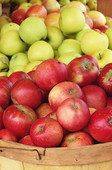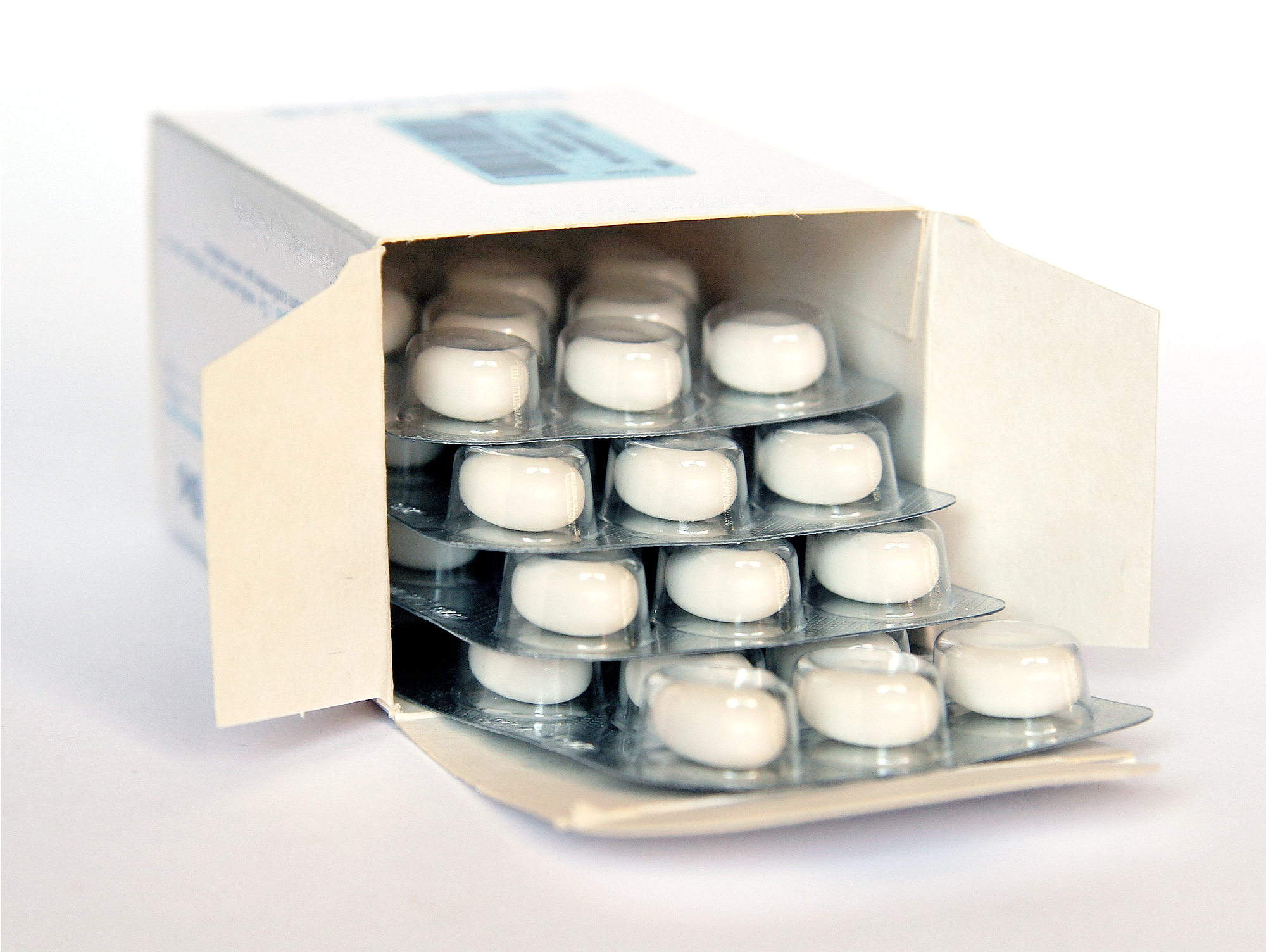
FRIDAY, Nov. 22, 2013 (HealthDay News) — A recent program encouraged healthy eating by offering extra spending power to poor people who get government assistance to buy food. The only catch: They had to purchase healthier types of food at farmers’ markets.
It’s not clear if the thousands of San Diego-area participants in the federally funded program actually became healthier because they bought foods like produce, meat and bread.
But in the big picture, the program “increased access to healthy foods,” said San Diego County public health officer Dr. Wilma Wooten, co-author of a new report on the findings. “And it helps the market vendors and the growers.”
Wooten said local public health officials launched the program with money from two federal grants — one from an anti-obesity fund in the Obama administration stimulus package and the other from an Affordable Care Act fund designed to fight chronic disease.
The study appeared in the Nov. 14 issue of Preventing Chronic Disease, published by the U.S. Centers for Disease Control and Prevention.
Obesity is common in the United States among people of all income levels, but the poor appear to be at special risk. A study published a year ago found that 5-year-old kids who live in the poorest neighborhoods were 28 percent more likely to be obese — a step above just being overweight — compared to children from the wealthiest areas.
Research also suggests that the poor often live in “food deserts” where healthier food like produce is hard to find and expensive compared to fast food.
The new project, called the Farmers Market Fresh Fund Incentive Program, ran from mid-2010 through 2011. It allowed people who get public food assistance like food stamps to buy tokens to use for healthier foods — including produce, meat, bread and eggs — at local farmers’ markets. They’d get tokens worth the purchased amount plus a matching amount at no extra cost up to $10 a month.
In other words, participants would get $20 worth of tokens for healthier foods per month if they purchased $10 worth.
Nearly 7,300 people enrolled in the program, far more than the 3,000 that officials had expected, Wooten said. Most (82 percent) had never been to a farmer’s market before.
Among the people who enrolled, 252 took part in surveys while using the program and a year later. The percentage of those who said their diet was “healthy” or “very healthy” rose from 4 percent to 63 percent. In addition, 93 percent said the program was “important” or “very important” in their choices to shop at a farmers’ market.
The cost to manage the program wasn’t available, but the extra food itself cost about $330,000, an average of $93 per participant.
The study doesn’t examine why the participants took part in the program. Nor does it look at whether it would be cheaper to allow the participants to buy healthier foods at supermarkets and membership superstores instead of only farmers’ markets. Wooten, however, said the program is specifically designed to boost farmers’ markets.
Diane Whitmore Schanzenbach, chair of the program on child, adolescent and family studies at Northwestern University’s Institute for Policy Research, said it’s difficult to gauge the impact of the project. She noted that many participants didn’t take the follow-up surveys, and those who did may have “found the subsidy to be most valuable.”
A similar federal program showed excellent results by matching 30 cents on the dollar for food stamp recipients and allowing them to spend money on produce at grocery stores, she said. “When we subsidize healthy food, low-income families purchase and eat more healthy food. It’s really Economics 101.”
And, she said, “it makes sense to subsidize these goods where ever people shop, be that farmers’ markets, corner stores, Costco, you name it.”
In the San Diego area, federal funding through the county has ended, study co-author Wooten said. But an advocacy group for refugees, whose numbers are high in poor San Diego-area neighborhoods, is continuing to support the program, she said. However, federal funding for food stamps recently dipped.
“Our hope is that Congress in the future will recognize the importance of this project and create a national program that supports this kind of effort,” Wooten said.
More information
For more about nutrition, try the U.S. National Library of Medicine.
Copyright © 2025 HealthDay. All rights reserved.

